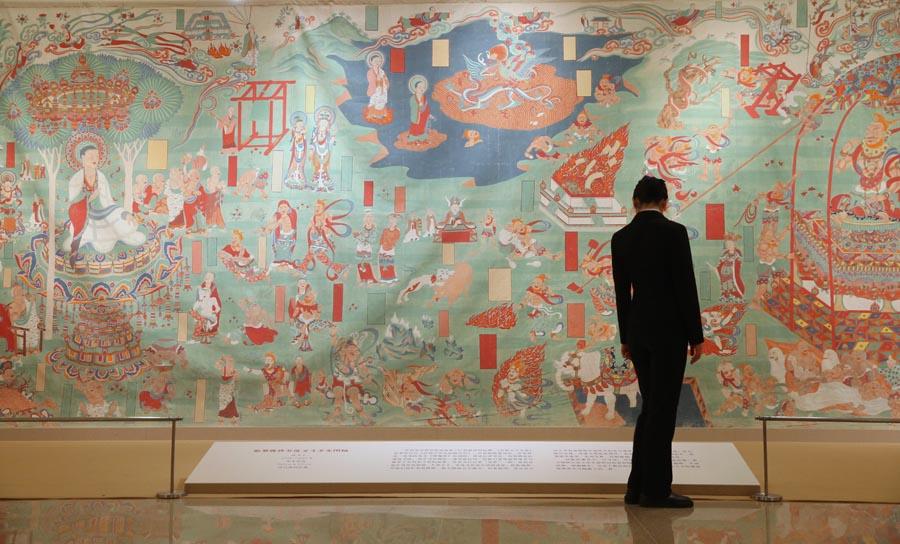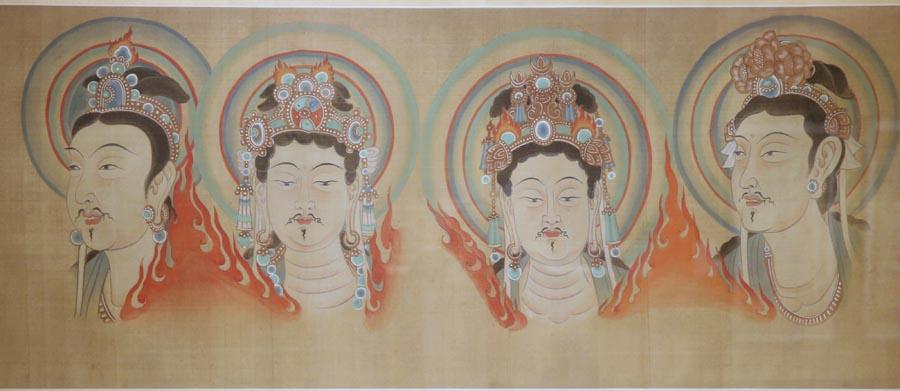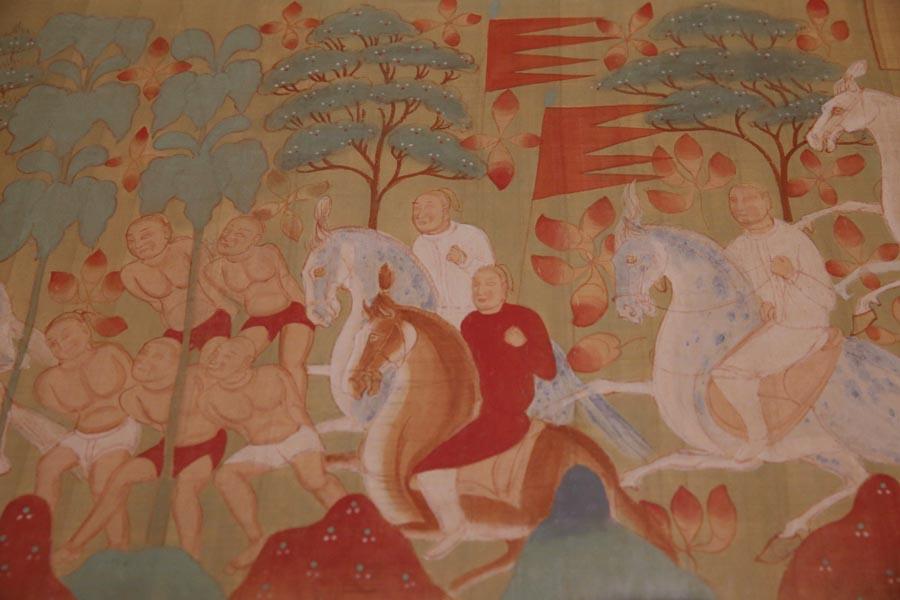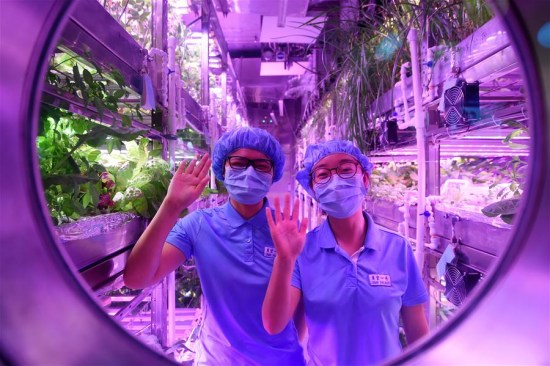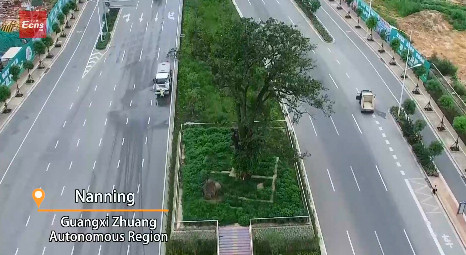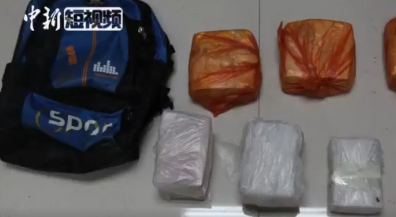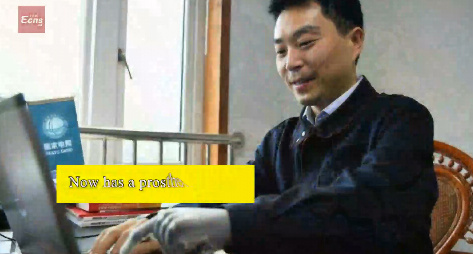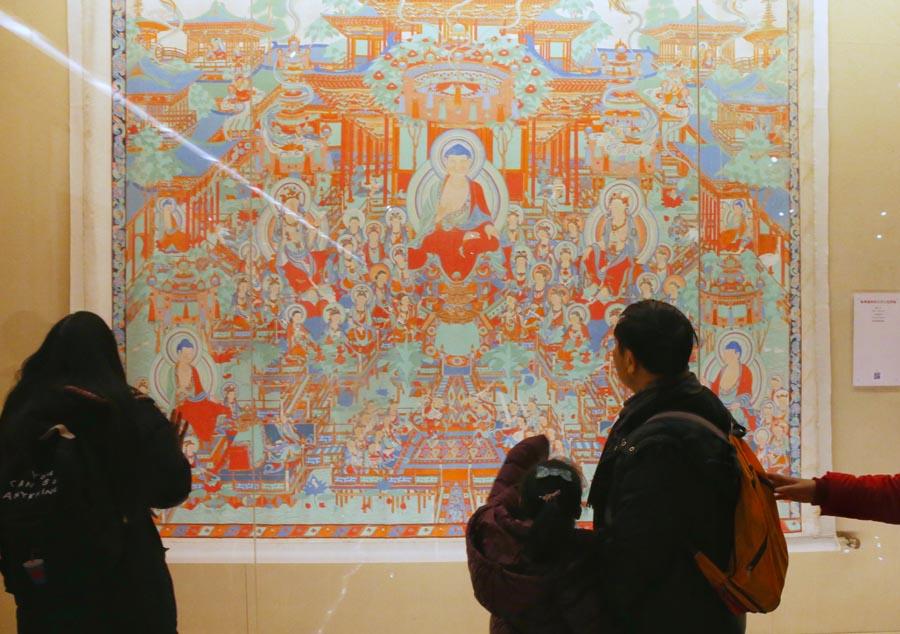
When these reproductions were finally put on display, the combination of their smooth outlines and rich palette, predominated by large areas of red and green, were hailed as a revival of the majestic splendor of Tang-era art.
His work on the Dunhuang murals had a profound influence on Zhang's other paintings, which most notably saw him use the motif of court ladies as a key recurring theme in his work.
Before Zhang visited Dunhuang, he inherited the continued approach of the Ming and Qing dynasties that highlighted a woman's slender body curves and frail gestures. But in the grottoes, he was arrested by the healthy and vigorous beauty of the female Buddhist believers and fairies depicted in the murals.
Zhang embraced the style: The court ladies under his brush no longer looked sickly but instead took on a demeanor of grace and dignity.
These developments are easy to spot at the ongoing exhibition when comparing Zhang's figure painting works from before the time of the Dunhuang reproductions with the works he created after.
The reproductions brought about a noticeable improvement in the appreciation and saleability of Zhang's art. And this influence is still apparent today, most often manifested in soaring auction prices for his works.
One of Zhang's Dunhuang reproductions which depicts a reclining Guanyin bodhisattva (Goddess of Mercy) and has pigments containing gold powder sold for 101 million yuan ($16 million) at a Beijing auction in December.
The painting was sold by a Chinese-American art collector and the ongoing national museum exhibition shows a reproduction of a similar composition.
Wei Xuefeng, a researcher at the Sichuan Museum, says the painting is a representative piece in Zhang's outputs depicting Guanyin. "It was heavily colored and drawn on traditional linen cloth of fine quality.
"The five lamas shared their vast experience of thangka painting with Zhang, such as the techniques to make vivid, long-lasting pigments. Therefore, the reproductions recreate the refined texture of the murals, and the colors still appear well-preserved to audiences today."
If you go
9 am-5 pm, closed on Mondays, through March 4. 16 East
Chang'an Avenue, Dongcheng district, Beijing. 010-6511-6400.







